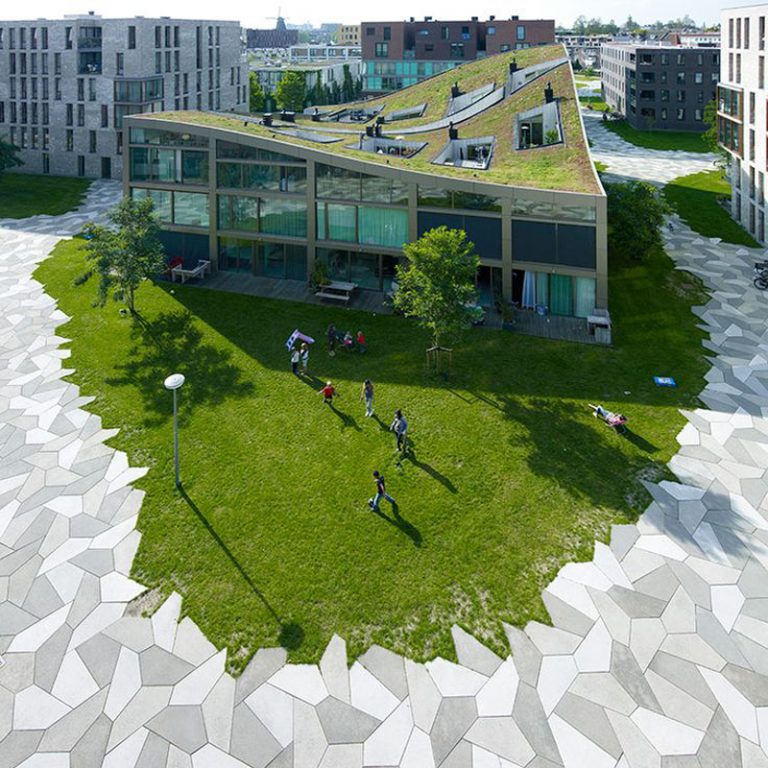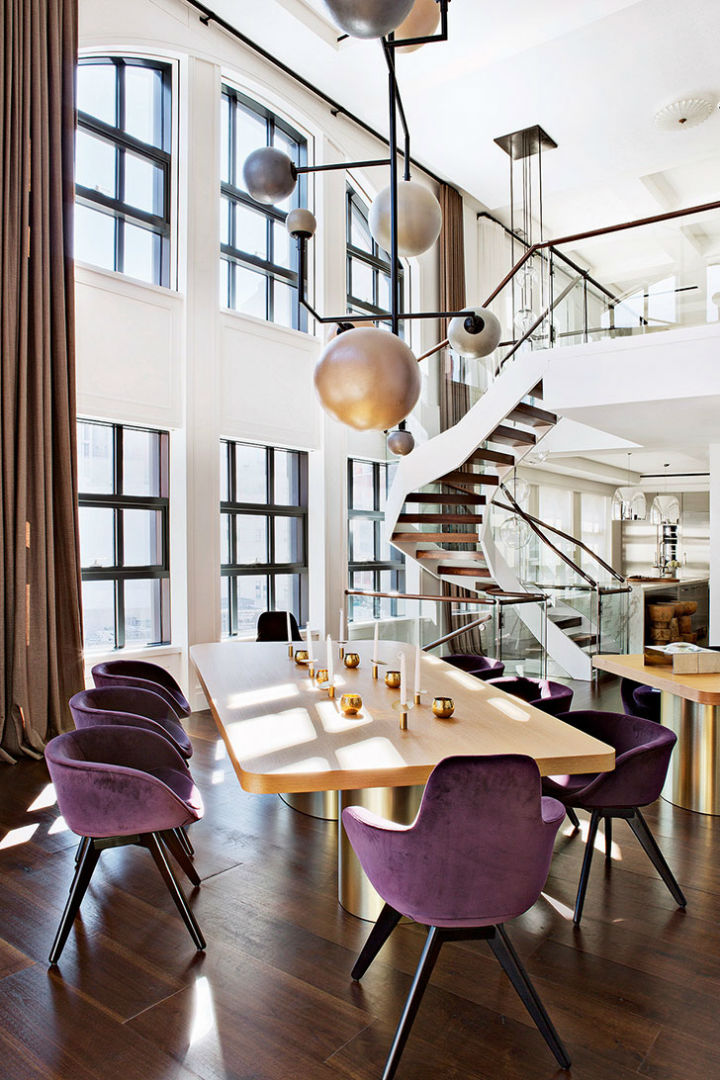Unlock Serenity: Asian Interior Design Secrets for Small Modern Homes
Beyond the bonsai: The real power of Asian design for your city home
Living in a modern city often means embracing a smaller footprint. But does a smaller home have to mean a more stressful, cluttered life? You look around your apartment and see the potential, yet feel constrained by the square footage. Many turn to minimalism, only to find the result can feel cold and impersonal. The true challenge is creating a space that is not just organized, but genuinely serene—a sanctuary from the urban hustle. This is where the ancient wisdom of Asian interior design offers more than just an aesthetic. It provides a practical philosophy for maximizing peace and functionality in compact spaces. Forget the clichés. We’re about to unlock the real secrets to transforming your small home into an oasis of calm and clarity.
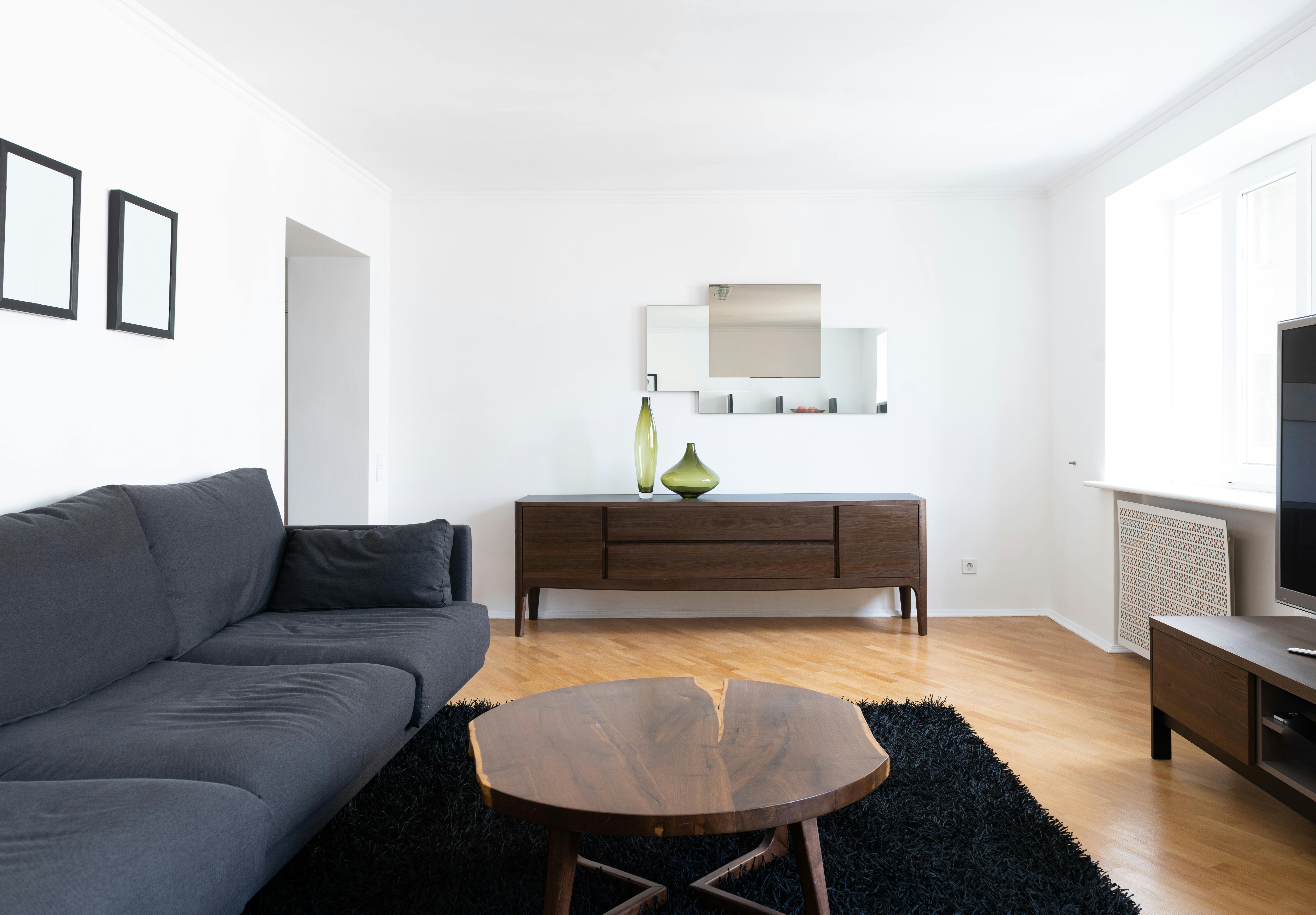
This Photo was taken by Max Vakhtbovycn.
The art of illusion: Expanding space with light and line
The first principle of making a small space feel serene is to make it feel larger. Asian design masters this through the clever manipulation of light and line. It’s less about what you add and more about what you allow. Maximize natural light at all costs. A 2024 study by the Harvard Medical School reinforces the profound impact of natural light on mood and well-being, making it a cornerstone of a serene environment. Keep window treatments minimal—think sheer fabrics or simple blinds that disappear when open.
Next, pay attention to lines. Use low-profile furniture to draw the eye horizontally and create a sense of vertical space. This makes ceilings feel higher. Incorporate vertical lines through tall, slender plants or simple shelving. A brilliant technique is using partitions that suggest division without closing off the space. You can learn more about this by exploring the serenity of Shoji, Japanese paper screens, which diffuse light beautifully while creating flexible zones.
Multi-functional harmony: Where every piece earns its place
In a small home, every object must justify its existence. This is a core tenet that aligns perfectly with mastering minimalist interior design. Asian design has perfected the art of multi-functionality out of centuries of necessity. Think beyond a sofa that is just a sofa. Consider a platform bed with built-in storage, an ottoman that hides blankets, or a dining table that can be lowered to become a coffee table. This isn’t just about saving space; it’s about creating a fluid environment that adapts to your needs throughout the day.
The global market for multi-functional furniture is projected to grow significantly, with experts predicting a 7.8% CAGR from 2024 to 2029, according to a Mordor Intelligence report. This trend highlights a global shift towards smarter, more adaptable living spaces.
Table: The value of multi-functional design
| Design Approach | Key Features | Impact on Small Spaces | 2025 Projected Trend |
|---|---|---|---|
| Traditional Single-Use | Bulky sofa, separate coffee table, large bookcase | Consumes floor space, creates visual clutter | Declining in urban markets |
| Asian-Inspired Multi-Functional | Sofa-bed, storage ottoman, wall-mounted shelving | Frees up floor space, promotes adaptability | High growth and adoption |
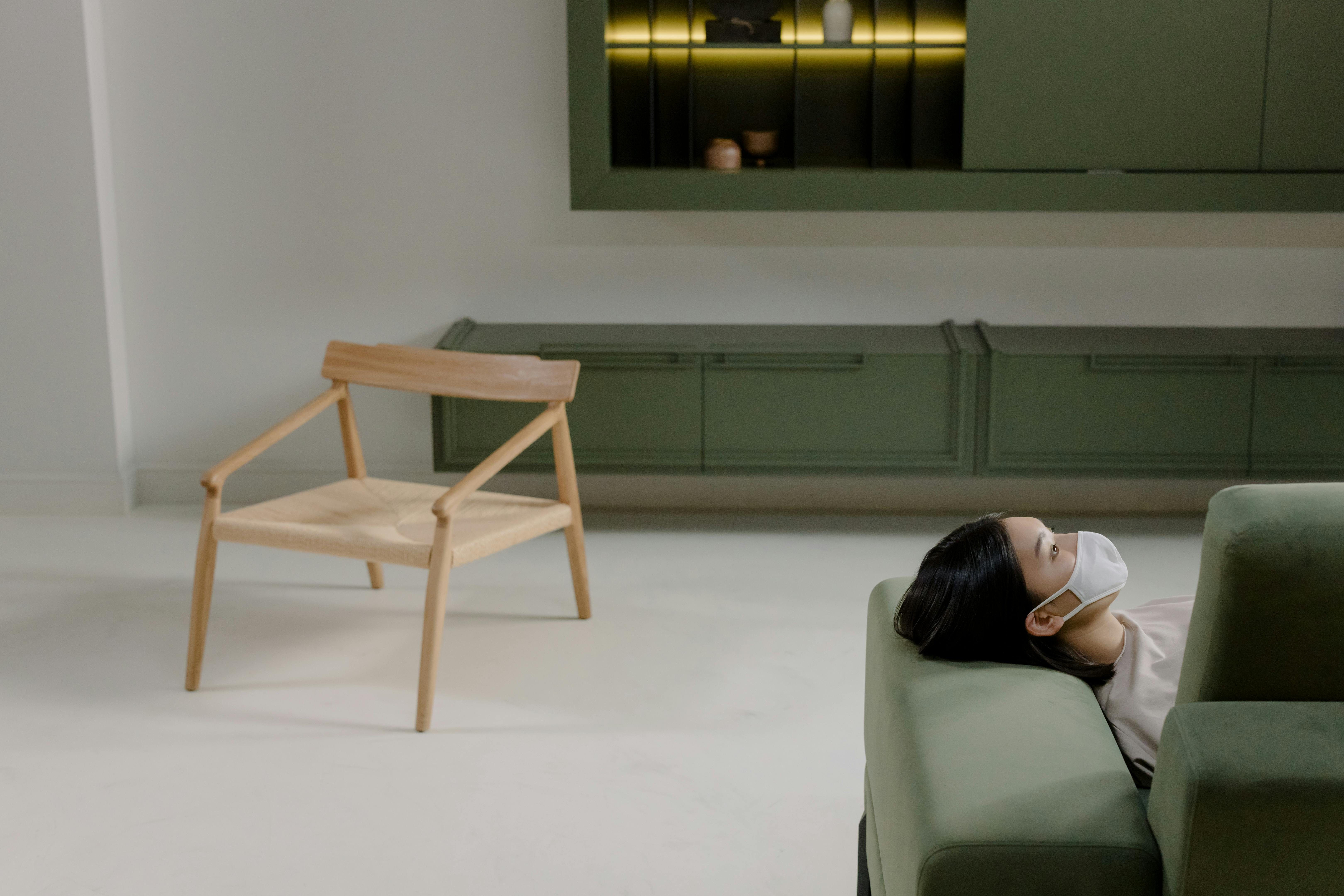
This Photo was taken by cottonbro studio.
Nature’s embrace: The biophilic connection in compact living
A serene space is one that feels alive. This is why a connection to nature is non-negotiable in Asian design. It’s the perfect antidote to the coldness of stark minimalism. Mastering biophilic design is about weaving natural elements into your home’s fabric. This goes far beyond placing a few potted plants.
Incorporate natural materials
Use materials that are beautiful in their raw state. Think wood, stone, rattan, and linen. The art of bamboo in Asian interior design offers a fantastic example of a material that is sustainable, strong, and visually light. A simple wooden bench, a stone coaster, or a set of linen cushions can ground your space and provide tactile comfort.
Bring the outdoors in
Use plants strategically. Instead of a random collection, choose one or two sculptural plants, like a fiddle-leaf fig or a snake plant, to act as a living focal point. Even a small bowl of water with a single floating flower can evoke a sense of tranquility. This approach connects your home to the natural world, promoting a sense of calm and well-being as noted by environmental psychology research from sources like Terrapin Bright Green.

This Photo was taken by Erik Mclean.
The curated soul: Finding balance with intention
Finally, serenity comes from intentionality. It’s about curating your space so that it reflects you, but without the clutter. Two guiding philosophies can help you achieve this balance: Wabi-Sabi and Feng Shui.
Wabi-Sabi: This Japanese worldview celebrates the beauty in imperfection and transience. Instead of striving for a flawless, magazine-perfect room, you can learn about embracing imperfection with wabi-sabi principles. A handmade ceramic bowl with a slight flaw or a piece of wood with a unique grain becomes a cherished object. This mindset helps you appreciate what you have and resist the urge to constantly acquire more. The Victoria and Albert Museum describes it as a way of finding “melancholic beauty in the impermanence of things.”
Feng Shui: While a complex art, the core of mastering Feng Shui for modern homes is about arranging your environment to optimize the flow of energy, or “chi.” In a small home, this translates to practical advice: ensure clear pathways, remove obstructions from doorways, and balance the elements (wood, fire, earth, metal, water). This isn’t about superstition; it’s about creating a layout that feels intuitive and easy to live in.
By blending these ideas, you can elevate your space by integrating traditional crafts and philosophies in a way that feels authentic to your modern life.
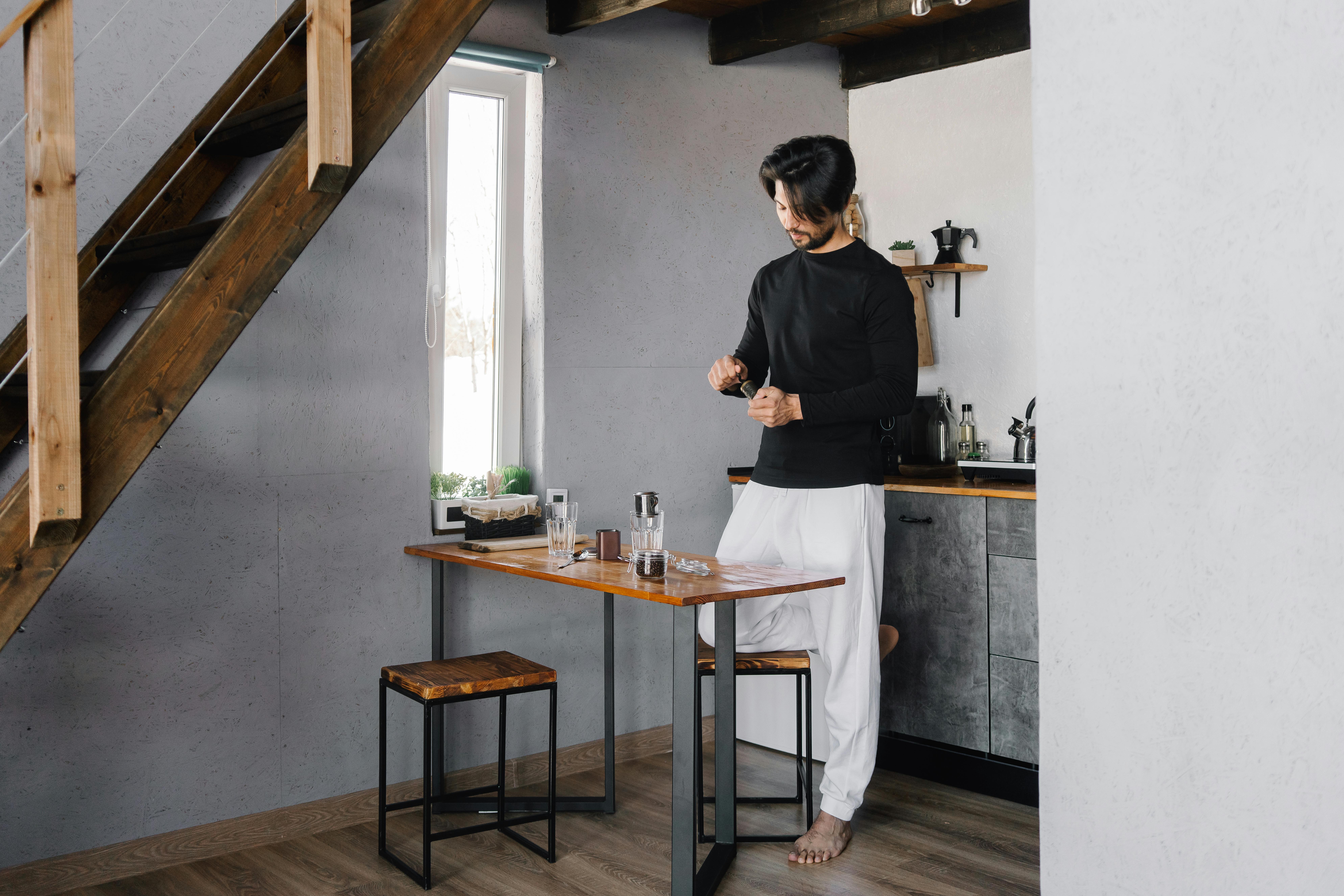
This Photo was taken by Mikhail Nilov.
Frequently asked questions
1. Do I need to get rid of all my belongings to adopt an Asian design style?
Not at all. The goal is not deprivation but intention. It’s about curating what you own so that each item is either beautiful or useful (ideally both). The focus is on decluttering and creating “negative space,” which allows the items you keep to truly shine.
2. Can I mix Asian design principles with my existing modern furniture?
Absolutely. Asian design principles are highly compatible with modern and contemporary aesthetics. Focus on integrating the core ideas—natural materials, clean lines, multi-functionality, and a neutral color palette—with your existing pieces. A simple bamboo side table or a silk cushion can beautifully complement a modern sofa.
3. What are the best colors for a small, serene space?
Stick to a light, neutral palette to maximize the sense of space and calm. Whites, beiges, soft grays, and earthy tones work best. Use color as an accent through plants, a single piece of art, or textiles, rather than painting an entire wall in a bold shade.
4. How can I create a sense of separation in a studio apartment?
Use visual dividers that don’t block light. A simple folding screen, an open-backed bookshelf, or even a strategically placed large plant can create distinct “zones” for living, sleeping, and working without making the space feel smaller.
Your sanctuary, unlocked
So, what does this all mean for you and your small home? It means your limited square footage is not a sentence to a life of clutter and stress. It is an invitation to be more intentional. By moving beyond the surface-level aesthetics of Asian design, you can tap into a powerful toolkit for modern living. The true secret lies in a simple, four-part philosophy: create the illusion of space with light and line, demand purpose from every object through multi-functionality, ground your home with the calming presence of nature, and curate your possessions with soul and intention.
This is not about creating a museum or a themed room. It is about applying timeless principles to solve a very modern problem. When you master these techniques, your home transforms. It ceases to be just a collection of walls and furniture and becomes a dynamic, responsive sanctuary—a space that calms your mind, restores your energy, and truly feels like your own. Your serene retreat is not something you find; it is something you create, one thoughtful choice at a time.

This Photo was taken by cottonbro studio.

